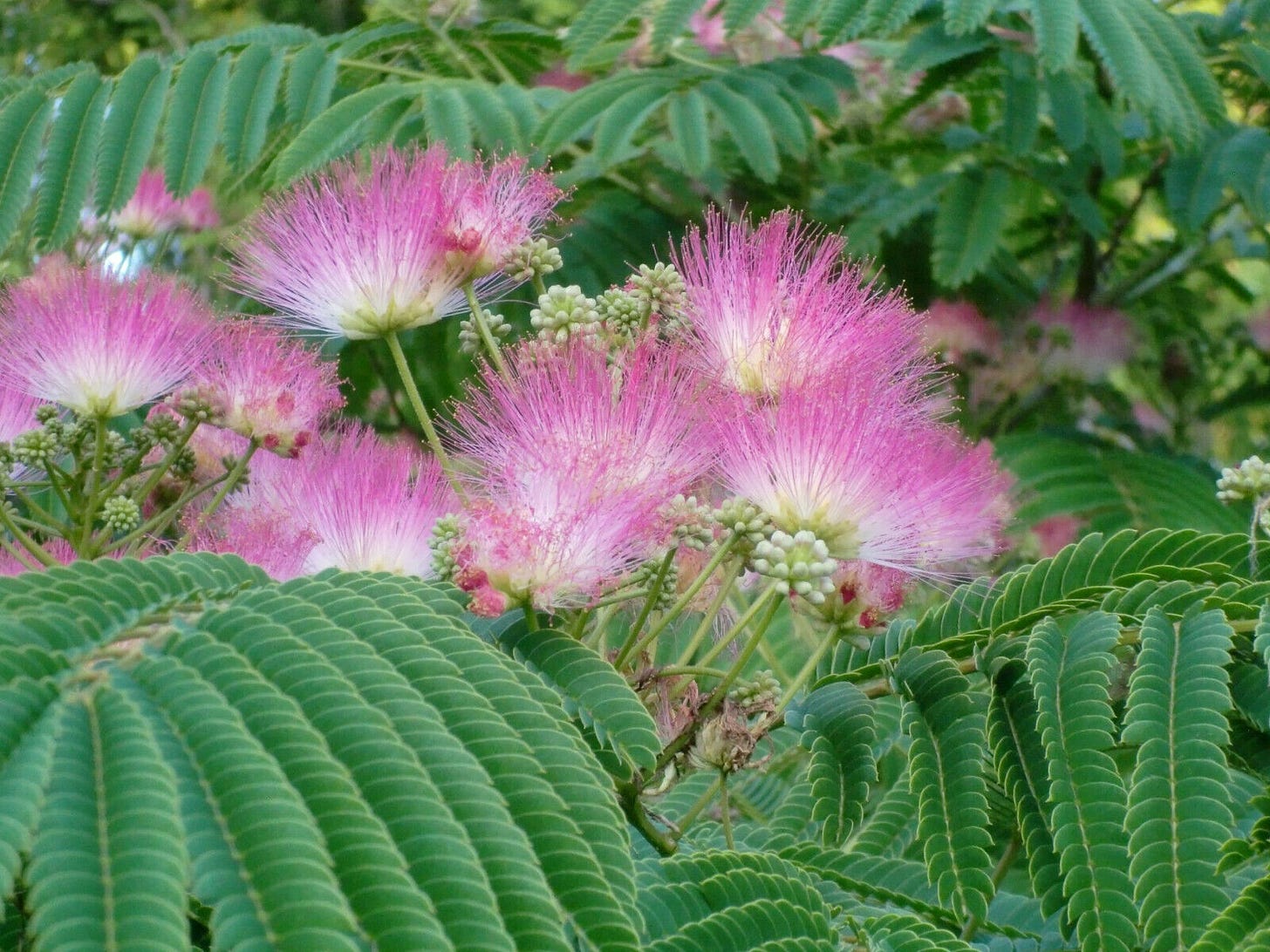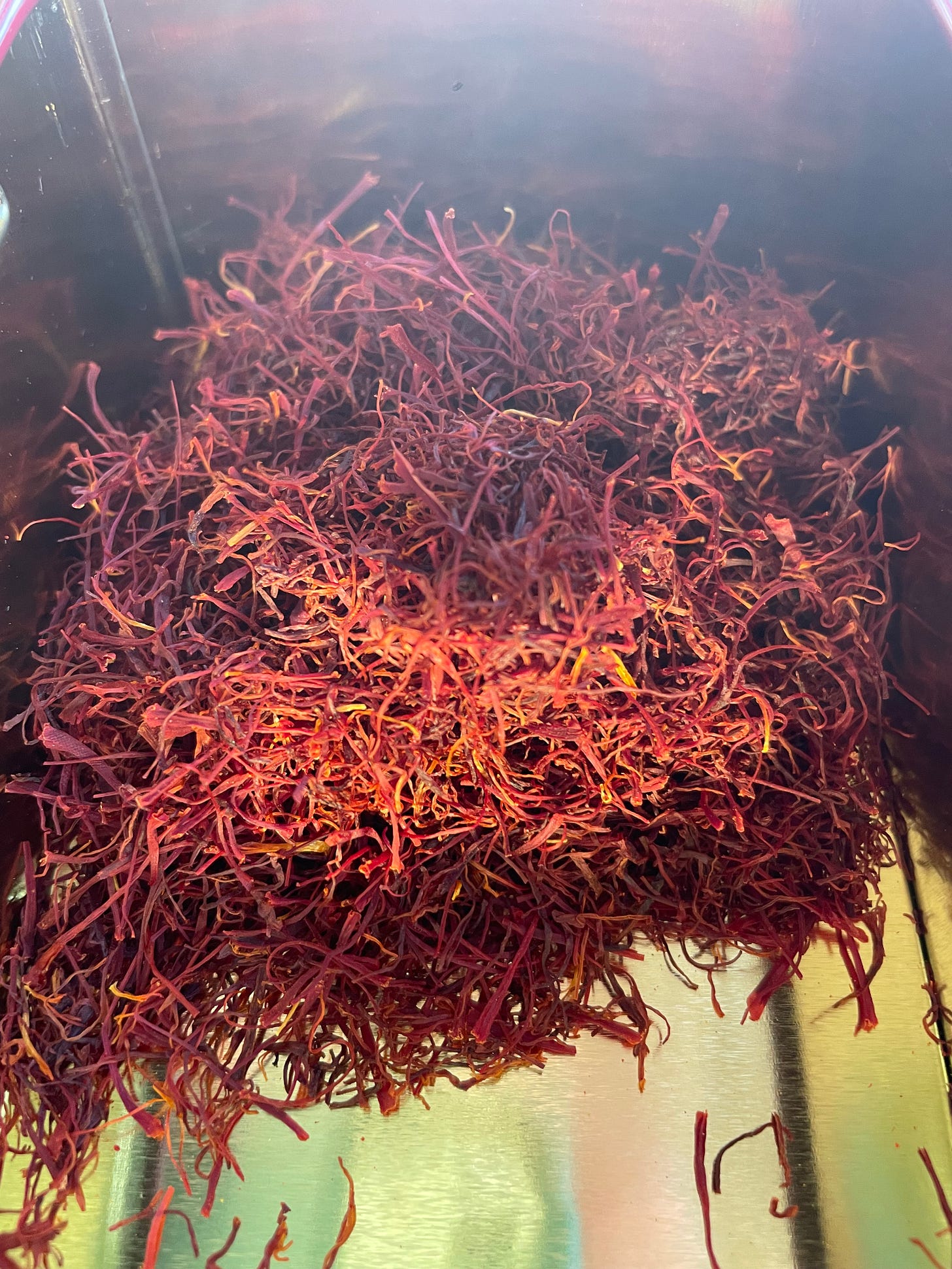I don’t often talk shop in these pages, but I thought it might be interesting even for non-herbalist readers (i.e. the majority of you) to get a window into the thought process that goes into composing a formula. Plus, if I were to get struck by lightning tomorrow, at least you’d have something useful. Especially given the times we’re facing.
So, a little something for the heart-mind1: for anguish and anxiety, depression and despair, and also for the health of the physical heart and the vessels. To be clear, this is not a cure-all nor a remedy for every heart condition (there’s no such thing). Rather this is a cordial, in the original, heart-centric sense of the term.
One quick note before we dive in. It’s true that in traditional herbalism and East Asian Medicine, we often seek to treat the person first and the disease second. Two patients with depression may need two completely different formulas. However, it’s also possible at times to target commonly seen syndromes without too much regard for constitution. This is such a case. Still, for best results any other presenting patterns should be treated concurrently.
With that said, we begin with a lead herb, an “emperor” who embodies the spirit of the medicine as a whole. An archetypal herb for the heart.
In the past I used hawthorn here (berry, leaf and thorn), and I still like hawthorn and her cousin rose in this context. But since listening to a recent interview with Toby Daly (my teacher of Sa’am acupuncture) in which he discusses Red-root Sage (a.k.a danshen or Salvia miltiorrhiza) I’ve been inspired to use danshen in place of hawthorn, and I must say I like the change.
Danshen is a one-stop shop as far as herbs for the blood go: it nourishes as well as “moving” the blood or dispelling stagnation. It is also cooling and calming, wonderful for any kind of irritability. Giving danshen alone (as a decoction or tincture), can be wonderful for the heart, kind of like chocolate alone can make a pretty nice dessert. But like with chocolate, we can do more with it if bring in a supporting cast.
Let’s introduce the players:
Saffron: red gold, known for its blood-moving and mood-lifting effects. A little goes a long way, so we only need take up a small percentage of our formula with this potent addition. (As a side note, saffron tinctures beautifully and rapidly in vodka or brandy, and the tincture makes for an easy-to-use liquid form of the precious spice for culinary applications as well.)
Albizia julibrissin: the delicate-as-silk, poofy flowers from the He Huan tree, literally “Tree of Harmony and Happiness.” I used to live near a mature Albizia tree (sometimes called “Mimosa”), and in July when it was in full bloom, it would be covered in these magenta-pink poofs and teeming with dozens of nectar-drinking butterflies and always at least one pair of hummingbirds. This tree truly hosts the spirit of joy like no other. While the bark is potent in a spirit-anchoring sort of way, the lightweight flower is especially buoyant and uplifting.
Green Cardamom: with its wonderful piercing, camphorous flavor, cardamom awakens the mind, cutting through fog; its warmth also supports the gut and enlivens digestion. Given all we know about the gut-brain connection, it’s wise to include a carminative (digestive) herb like this. As with saffron, only a small percentage is needed, especially if cardamom is tinctured at high proof as it should be. Note: if using cardamom in decoction, it should be crushed and added at the end of cooking so its volatile oils don’t disperse.
Honey: long associated with the heart, honey brings together the flavors of the other materials and binds them into a delicious elixir. Any good, uncooked honey will do fine.
I often formulate by feel, rather than measuring, but the final formula looks something like this.
Red-Gold Cordial
Danshen / Salvia miltiorrhiza tincture 55%
Albizia flower tincture 17.5%
Saffron tincture 5%
Cardamom seed tincture 2.5%
Honey 20%
Dosage and Instructions: 2 or 3 droppersful 2-3 times daily is generally enough to see an effect; give it a week or two. However, the cordial is tasty and non-toxic enough to take by the teaspoonful or even to sip an ounce out of a cordial glass on occasion, and such higher dosages can be helpful in pronounced or acute cases of distress.
Singing and playing by the one taking this formula are to be encouraged, along with all forms of emotional expression. Stuck feelings need to move, and this formula will facilitate that process, but not substitute for it. On the other side of the pain—through it—joy becomes more accessible.
Suggested Modifications:
+ add Rosa rugosa for PMS-associated mood problems; if menses are heavy, omit danshen and use Rosa instead
+ add Cinnamon twig for palpitations and anxiety with desire for weight on the chest in a thin, chilly patient
+ add American Ginseng for general debility
+ add Tianmendong / Shatavari and Baihe / Lily Bulb for restlessness, ADHD
+ add Rehmannia root (shu dihuang) in case of blood deficiency / iron-deficient anemia or postpartum depression
+ add Milky Oatseed in case of anxiety with nervous debility
+ add Zizyphus seed / suanzaoren in case of insomnia
+ Substitute Gymnostemma for honey in diabetes cases
Contraindications:
+ Bleeding conditions (except those caused by blood stasis)
+ Severe or suicidal depression (formula can be given but should not be relied upon exclusively in such cases)
Disclaimer:
Those with severe anxiety, clinical depression, heart disease or any other medical condition should consult a licensed medical provider; this information in this article is educational and not intended to substitute for professional care.





